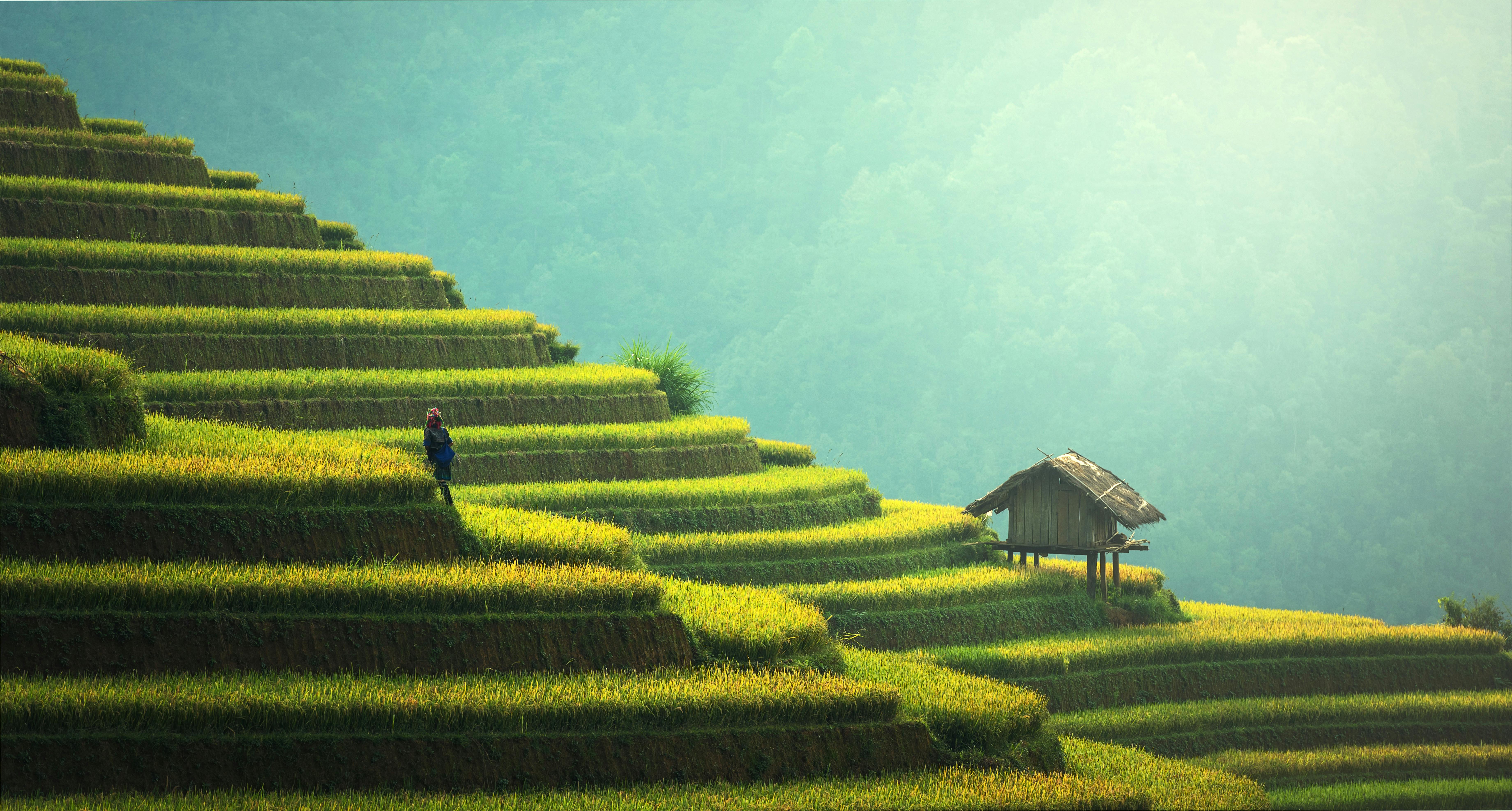It seems simple enough, a good cup of coffee. What could be difficult in that? Yet when you’re on vacation in Italy, whether it’s cosmopolitan Milan, picturesque Tuscany, or the romantic Amalfi Coast, the heady aroma of freshly roasted coffee beans mixed with Vespa fumes fills the air, just stepping into the local bar for a quick coffee can turn into a real minefield of options.
Our handy guide to “The Coffee Jungle” should help you survive. Don’t leave home without it!
First decision: where to drink your coffee!
Standing at the bar costs less. Sitting down with waiter service costs more. Beware of “nice” waiters who walk you to a table and offer to serve you, it will cost you!
In big cities or airports, you are expected to pay first before ordering. In smaller towns and cities, it works with confidence, order first, pay later (obviously it helps if you can talk enough lingo to explain that you had one of those long thick things with the custard inside! After a few days , I will become an expert at imitating a jam donut!)
Next, the big question, the $64 million question! what kind of coffee?
Cappuccino – (KA-POO-CHEE-NO) I know you think you look great standing at the bar feeling windswept and continental, in your new vacation pants and special offer, clip-on sunglasses. You might think it could almost be a scene from “The Godfather” but anytime after 9am, if you order a cappuccino you may as well have “I am a foreigner” tattooed on your forehead. Imagine if his Italian friend of his came to Britain and ordered a big cup of Ovaltine or Horlicks with her lunch of roast beef. There’s no reason why they shouldn’t, but………. Get the gist!
But you’re on vacation… you do what you want and who cares if the waiter laughs while serving you!
Coffee or Espresso – (KA-FEY) What the locals drink. It is not a drink to stay. In Italy it is considered more of a very quick stop to refuel. Like drinking from a dollhouse set of cups and saucers. Order this and you’ll get a thimble-sized cup of very strong black coffee. In many bars, especially in southern Italy, they give you a small glass of water with your coffee (soften the caffeine “jolt”, this is not a drink for the faint of heart). Coffee is also considered the right option for after dinner. God forbid anyone who tries to order tea after dinner will be asked if you are feeling unwell, most Italians consider tea to be something they would drink to calm an upset stomach.
There are a number of interesting variations on the standard cafe depending on how “local” you want to go!
macchiato coffee – (KA-FEY MAK-EE-A-TOE) has a hint of milk added.
ristretto coffee – (REE-STRET-OH) has even less water added, which means the coffee is even stronger.
Long coffee – (KA-FEY LOONG-GO) has extra water added (ie a full thimble!)
coffee freddo – (KA-FEY FRAY-DOH) cold coffee, if you need a snack in summer it can be refreshing. If you’re feeling brave, ask for “shakerato”, using a cocktail shaker, it can cause quite a stir in a busy bar at breakfast time.
Coffee Corretto – (KA-FEY KAW-REY-TOE) if you really feel like ditching the precautions and getting into the festive mood, try a “corretto”, which is a coffee with a shot of local brandy added (usually Grappa, but you could it can also be brandy or whatever you really fancy) After one of these, you’ll never order another post-dinner cappuccino again!
coffee witch – (KA-FEY AAG) If you like decaf, order this, you’ll get decaf although it’s probably not Hag.
American coffee – (KA-FEY A-ME-REE-KA-NO) is only found in big cities in tourist areas. The closest you will get to a real cup of Nescafe! Be careful, it usually tastes like warm dish water, a bit like Ne…!
In recent times, some bars, in an effort to be seen as “trendy”, have started offering things like barley coffee, ginseng coffee, etc. real thing?
So that’s it, armed with this information, you should now feel able to walk into any bar under the Tuscan sun, or anywhere else in Italy.
But remember, be careful, it’s a jungle out there!
